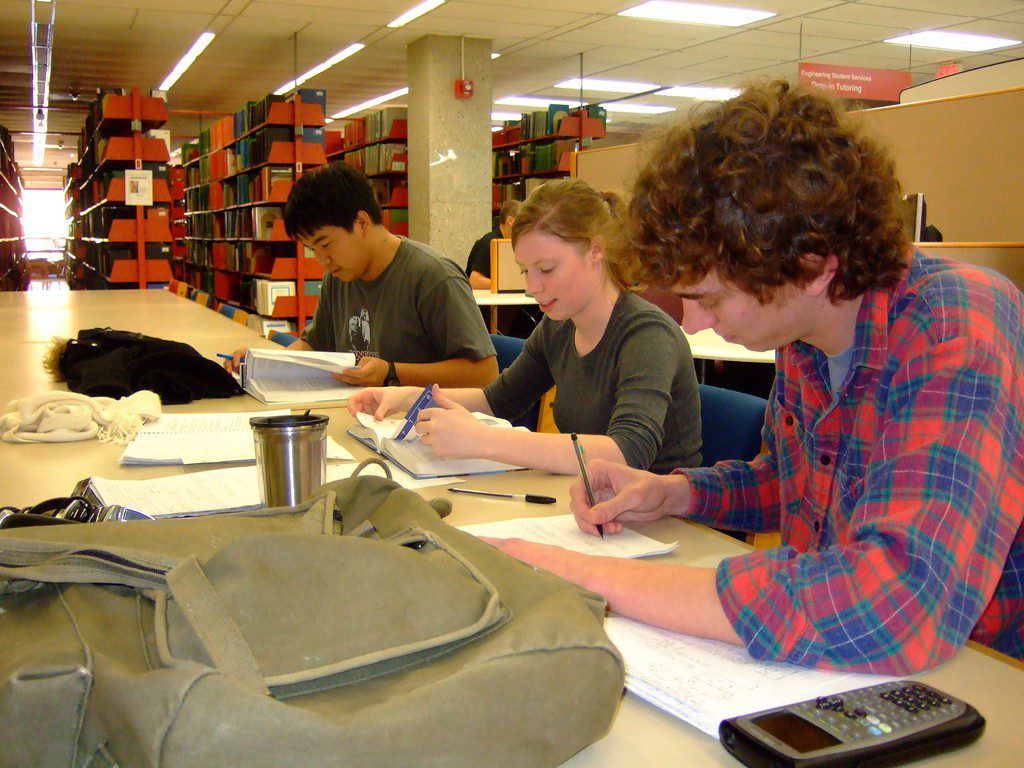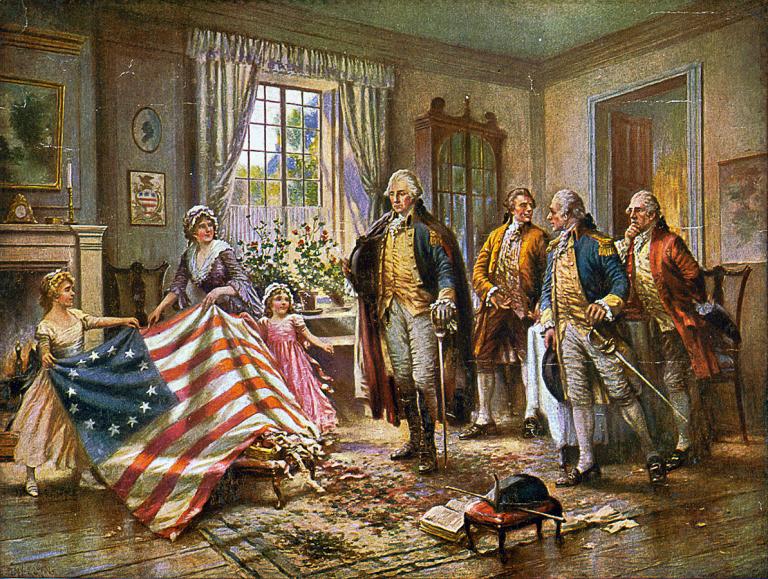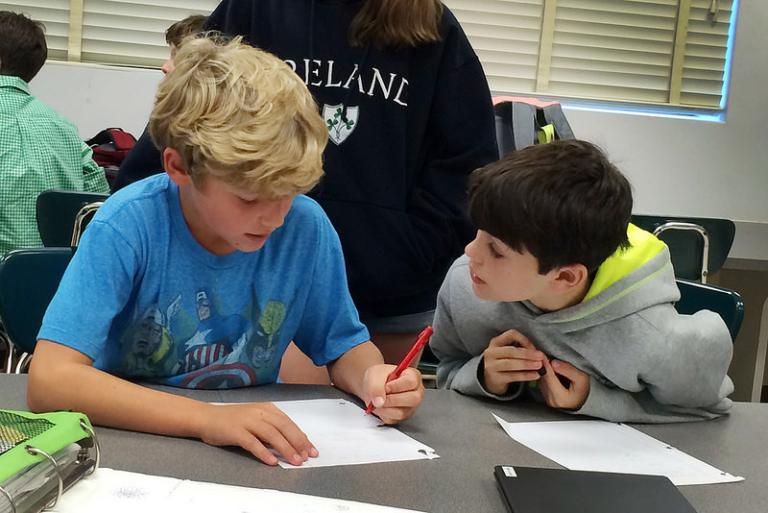
From the College Fix last week:
According to a university [of Wisconsin, Madison] document obtained this week by The College Fix through a public records act request, here’s what happened, according to the complainant:
There was a white female student that kept making glares at me and another student. She would glare at both of us and then continue to proceed on her phone. This proceeded for 2 hours. Both me and the victim were Asian American women. I don’t know if race plays a part in it. Though this event was small and seemingly insignificant, it made me and the other victim feel unsafe, uncomfortable and paranoid. We did not approach this person.
The incident location was reported as a campus library. The complainant seems unaware that the woman with a piercing stare might be deep in thought as she studies, or is troubled by something she is reading on her phone.
Nevertheless, she reports to campus authorities she is downright traumatized.
“I don’t feel safe on campus,” she continues. “I don’t feel safe studying in an environment that should be inclusive and welcome to all. … I wouldn’t report this if it didn’t have a significant impact on me.”
No names are listed on the report, which was filed Nov. 10, 2016.
Two hours is a long time to be looking at the phone, so I suspect that’s a red herring. Isn’t it much more likely that the glare-er was trying to study, and bothered by the two other students, who were likely talking and disturbing her quiet study time? To be sure, my memory of college days is that there were certain areas of the library that were designated as quiet study areas, and others where there was a greater acceptance of talking, and some areas expressly open for study groups, and this little incident doesn’t provide any details: were they in a quiet study area? Did the glare-er have an incorrect expectation of quiet?
But consider further that being subject to a repeated glare is enough for this complainant to consider herself a “victim” and “unsafe.”
And, at the same time, the glare-er, over the course of two hours, herself likely felt unsafe, and unable to say, “would you mind going elsewhere if you’re going to talk?” Why, we don’t know — was she afraid of being accused of being racist, or afraid, more generally, of a confrontation? Or was she, herself, an outsider, say, a foreign student?
Or, on the other hand, if the white woman was indeed talking on her phone for two hours — well, it’s hard to make sense of that in a library setting, or to picture a two-hour phone call in any case. Was she somewhere where she thought she had some expectation of privacy for a conversation?
Human interaction isn’t always easy to get right, and when you add diversity of ethnic origin into the mix, it gets harder.
Multiculturalism is not all sweetness and light, and diversity is not a “strength” but a liability, an obstacle course that we either try to avoid or muddle our way through.
Image: from Flickr, creative commons license. https://www.flickr.com/photos/wendt-library/4080320621











